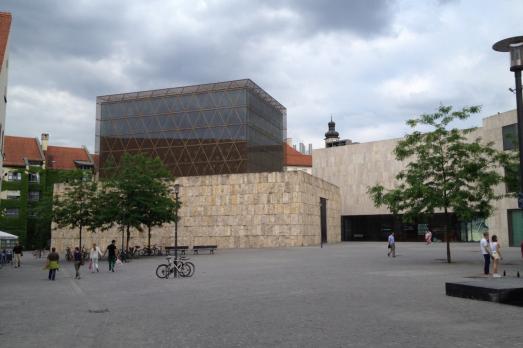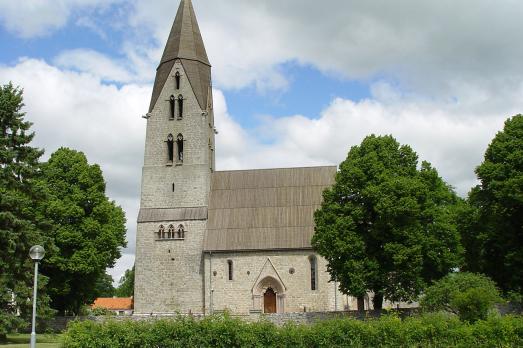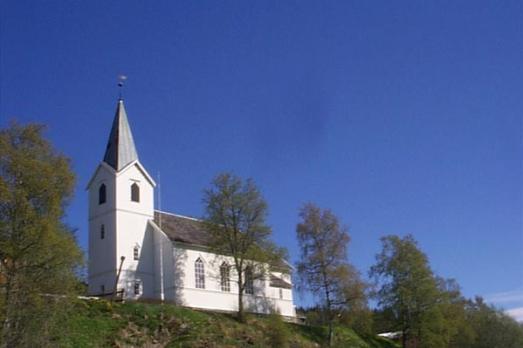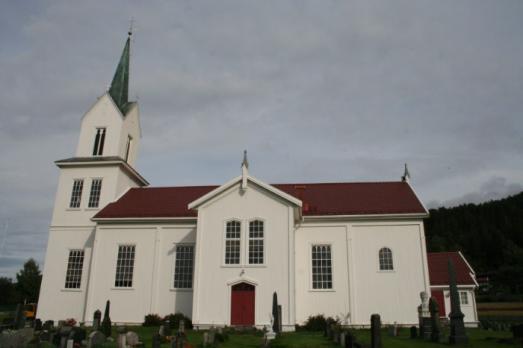Oenenburgkerk
Nunspeet, NL
Modern church building with freestanding bell tower.
Here you can search for a building to visit. You can use the map find destinations, or you can use the filters to search for a building based upon what different criteria.
Nunspeet, NL
Modern church building with freestanding bell tower.

Sirevåg, NO
Ogna Church was built in 1991 after the previous medieval stone church burnt down in a lightning strike. The church was rebuilt according to the designs of the architects Torsvik and Thesen in Sandnes. The choir section is newly built, as well as the parish hall, kitchen and offices. The medieval church was built in the middle of the 13th century and was a rectangular stone church.

München, DE
The Ohel Jakob Synagogue in München is an Ashkenazi synagogue built between 2004 and 2006 by architects Wolfgang Lorch and Andrea Wandel. This modernist building was made of concrete.

Öja, SE
Öja is one of the 92 medieval churches on the island of Gotland. It is one of the largest and it was built in the 13th century. The interior is decorated with 15th-century mural paintings. Its style is mainly Gothic. The most noteworthy artefact in the church is the large and dedicatedly carved triumphal cross, which is also one the most important medieval pieces of art on the entire island.

Stjørdal, NO
Okkelberg chapel is a wooden building completed in 1905. The architect of the church is Ole Andresen.

Levanger, NO
Okkenhaug church is a wooden church that was built in 1893. The church has a long plan and was designed by the architect Ole Andersen.

Okopy, UA
Information on the cemetery’s establishment is not available, but it is marked on the Austro-Hungarian map of 1880s, and, most likely, on the Austro-Hungarian map of 1860s. Presumably, the cemetery was operating until WWII.

Bucharest, RO
The Church of the Assumption or Church of the Potters (Olari), is an old Orthodox church in Bucharest city centre.

Örebro, SE
The Olaus Petri Church is a neo-Gothic church built between 1908 and 1912. Adolf Kjellström was the main architect and designer, but Axel Herman Hägg was responsible for the practical design work. The church windows were painted by Carl Almqvist. Since its construction, the church has been renovated several times, most recently in 1987 under the direction of architect Jerk Alton. The church is named after the reformer Olaus Petri (1493-1552), and a statue of him and his brother can be seen outside the church.

Noresund, NO
The church in Olberg is a wooden building dating from 1859. It is located on the site of a former church. Part of the furniture of the present church, such as the pulpit from 1699, comes from the old church.

new
The Chassidic Route is a cultural and historical trail tracing the rich legacy of Jewish communities in southeastern Poland and western Ukraine. This region was central to the rise of Chassidism in the 18th century. Here, we highlight 10 remarkable synagogues you’ll discover along this route.

he cradle of the Industrial Revolution in Germany, Chemnitz, is well-known for its industrial heritage landscape, but the city is also home to remarkable examples of religious architecture from different historical periods. Join us as we explore the key landmarks of this European Capital of Culture 2025.

The twin towns of Nova Gorica (Slovenia) and Gorizia (Italy), lying on the border between the two countries, have a rich religious heritage, steeped in centuries of tradition. If you are looking for ideas for your visit, take note of these 10 religious sites that you should not miss.